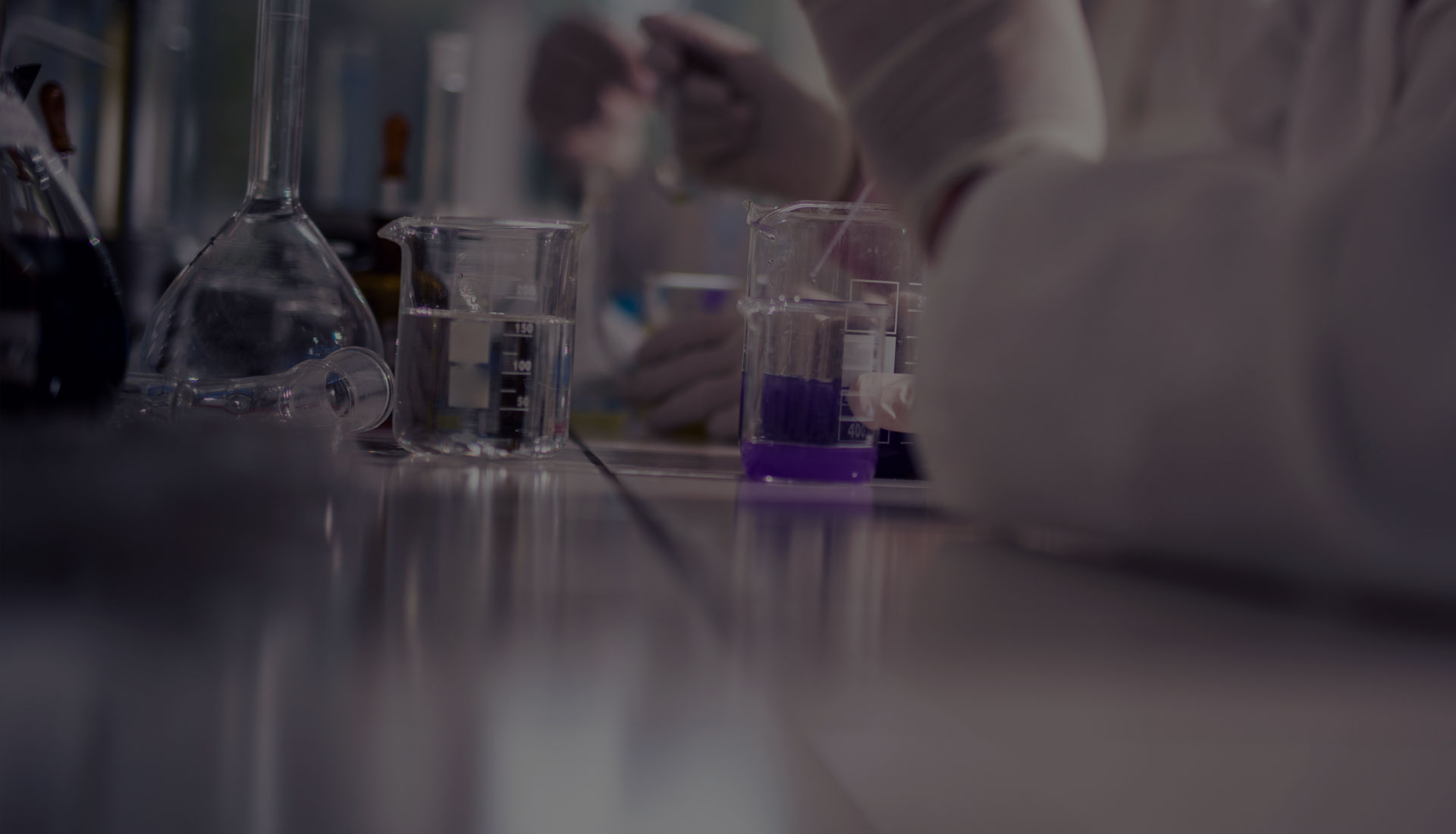
Supervisor Database Search
Search for supervisors below. You can filter your search using the options and select
multiple fields by holding CTRL (Cmd on Mac) + clicking multiple options in a list.
The ICAT Supervisor list is reviewed annually by the partner universities and updated online in March/April each year. You can read the ICAT supervisor policy here.
Full NameProfessor John Laffey
Anaesthesia and intensive Care Medicine
National University of Ireland Galway
Webpage:nuigalway.ie
Email Address:Email hidden; Javascript is required.
- infectious disease and the immune system
- cell and developmental biology/regenerative medicine
- bioengineering/medical devices
- Medicine
- Anaesthetics
- Pathology
- Infectious diseases
- Respiratory Medicine
John Laffey is an anaesthetist, an intensive care medicine physician and clinician scientist with a particular interest in cell and gene-based therapies for Acute Respiratory Distress Syndrome and Sepsis. His team at NUI Galway have characterized the repair process following ventilation-induced lung injury (VILI) [Anesthesiology115:1022-32, 2011], and demonstrated that Mesenchymal Stem/Stromal Cells (MSCs) enhance this recovery process [Thorax 67:496-501, 2012]. They showed that MSC therapy is equally effective if given intravenously or intra-tracheally, while the MSC secretome is also effective in enhancing recovery following VILI [Anesthesiology, 2013 Apr;118(4):924-932]. Most compellingly, human MSCs enhance recovery following VILI [Anesthesiology 2015 Feb;122(2):363-73], and also reduce the severity of E. coli-induced pneumonia [Thorax 2015 Jul;70(7):625-35].
They have demonstrated that over-expression of genes to augment anti-oxidant activity in the lung can protect against endotoxin-induced lung injury [Intensive Care Med 37:1680-7 2011]. Overexpression of genes to inhibit the activity of the transcriptional factor nuclear factor kappa-B attenuates endotoxin injury [Hum Gene Ther 2015; PMID: 25382145], VILI [Br J Anaesth 2014 Dec;113(6):1046-54], and early pneumonia-induced lung injury [Critical Care 2013 Apr 27;17(2):R82]. However, this worsens the injury produced by prolonged E. coli bacterial pneumonia [Critical Care 2013 Apr 27;17(2):R82].
